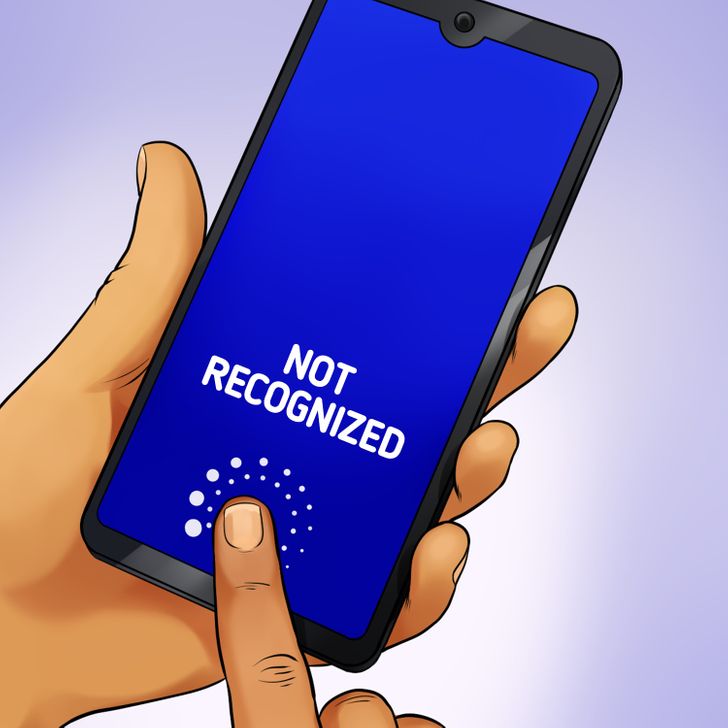Why Fingerprints Are Different for Everyone
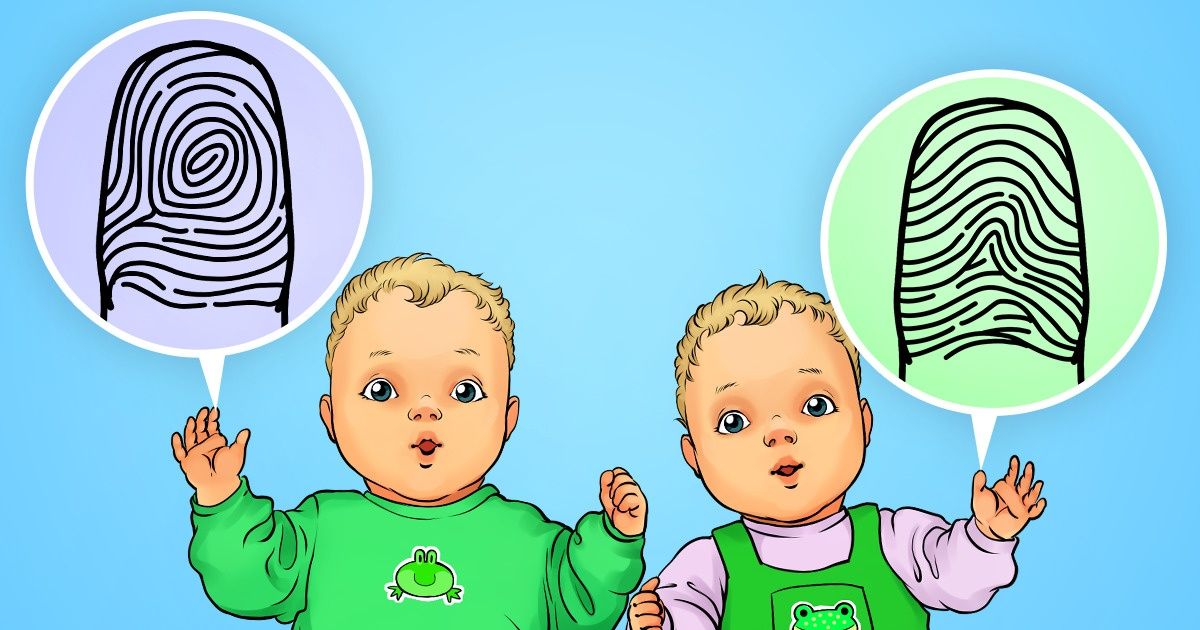
Dactyloscopy, the method of fingerprint identification, was invented about 120 years ago. Nowadays, with the help of the papillary ridges on the ends of the fingers, you can open the door to your home or office, unlock your phone, approve monetary transactions, or confirm your documents while traveling abroad.
5-Minute Crafts decided to find out why we have fingerprints, and why they are unique for everyone.
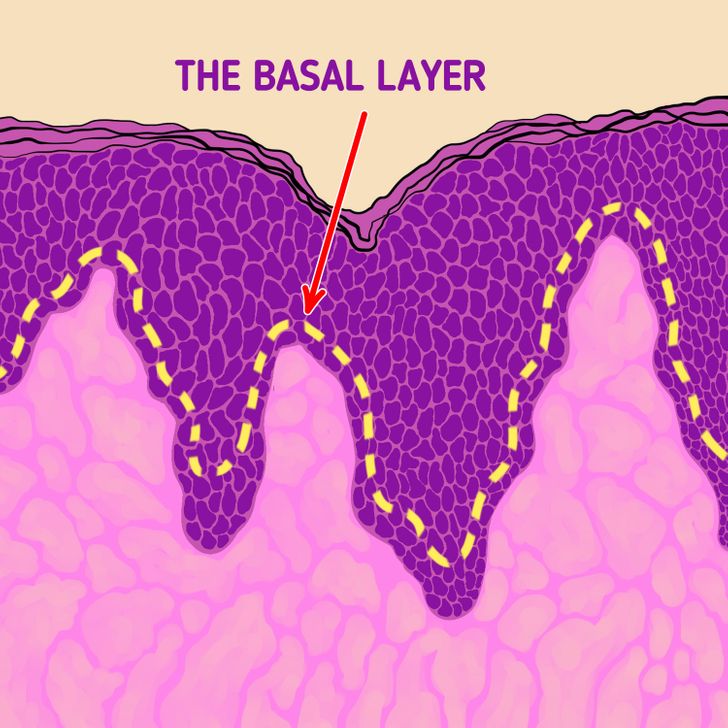
Modern scientists agree that patterns on the palms and soles are formed in the womb after the tenth week of pregnancy, when the fetus forms the main layers of the skin — the dermis and epidermis. The outer epidermis also consists of a few layers: the lowest basal layer, which is adjacent to the dermis, begins to actively grow and wrinkle during this time.
Ridges and depressions on the skin surface are the marks of this deep internal process taking place in the basal layer.
The final pattern depends on many factors: genetics, the rate of development of various layers of the skin and blood vessels, the chemical composition of the amniotic fluid, and so on. All these things are individual, therefore, absolutely identical folds and papillary patterns are impossible, even in identical twins.
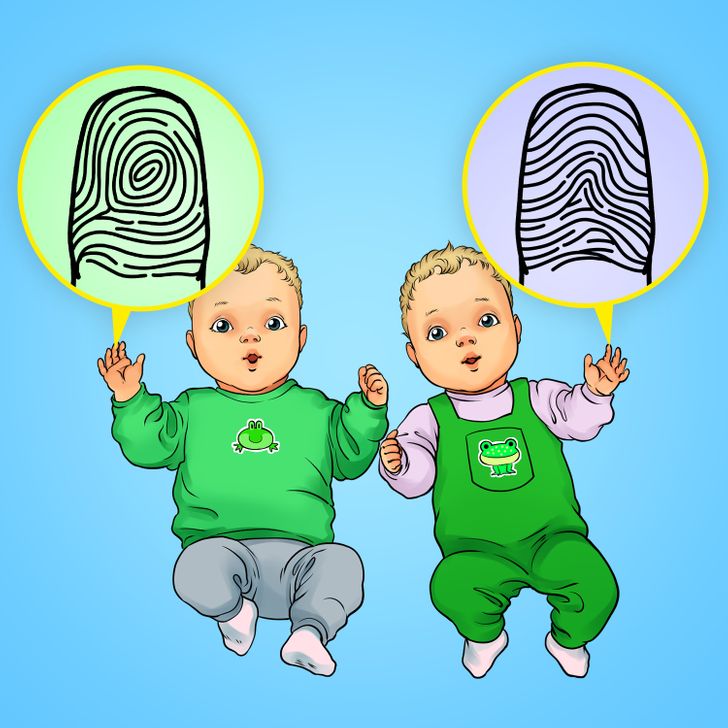
When the skin is damaged, the usual lines and whorls may disappear for a while, but they get restored along with the epidermis.
There is still no consensus as to why we have papillary patterns, and whether they have any function. Perhaps they improve grip friction, and therefore it’s easier for us to hold objects, and for monkeys and koalas (that also have patterns) to climb trees.
According to another version, the skin grooves improve our sense of touch: they increase the susceptibility to rough surfaces and subtle vibrations.
The indisputable fact, though, is that fingerprints are unique and never change throughout our life. This was what researchers of the 19th century relied upon when building the first theories and creating fingerprint classifications and formulas.
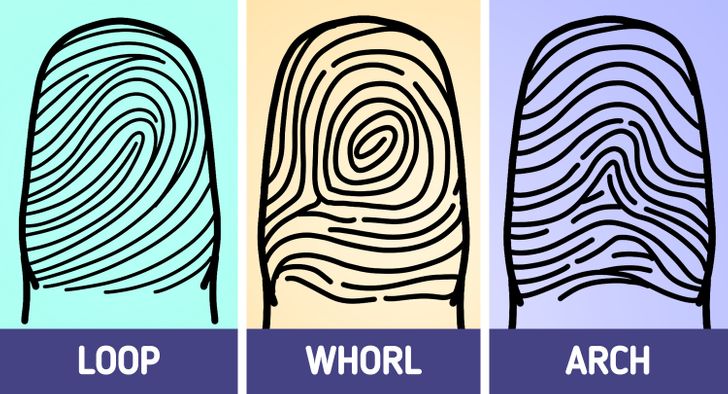
There are 3 fingerprint class types: arches, loops, and whorls. Loops are most common, occurring in 60-65% of people. 1/3 of all people have whorls, and arches are the least common type of fingerprint found in only 5% of people.
Very rare are people with a genetic mutation called adermatoglyphia which is characterized by the lack of ridges on the skin.
